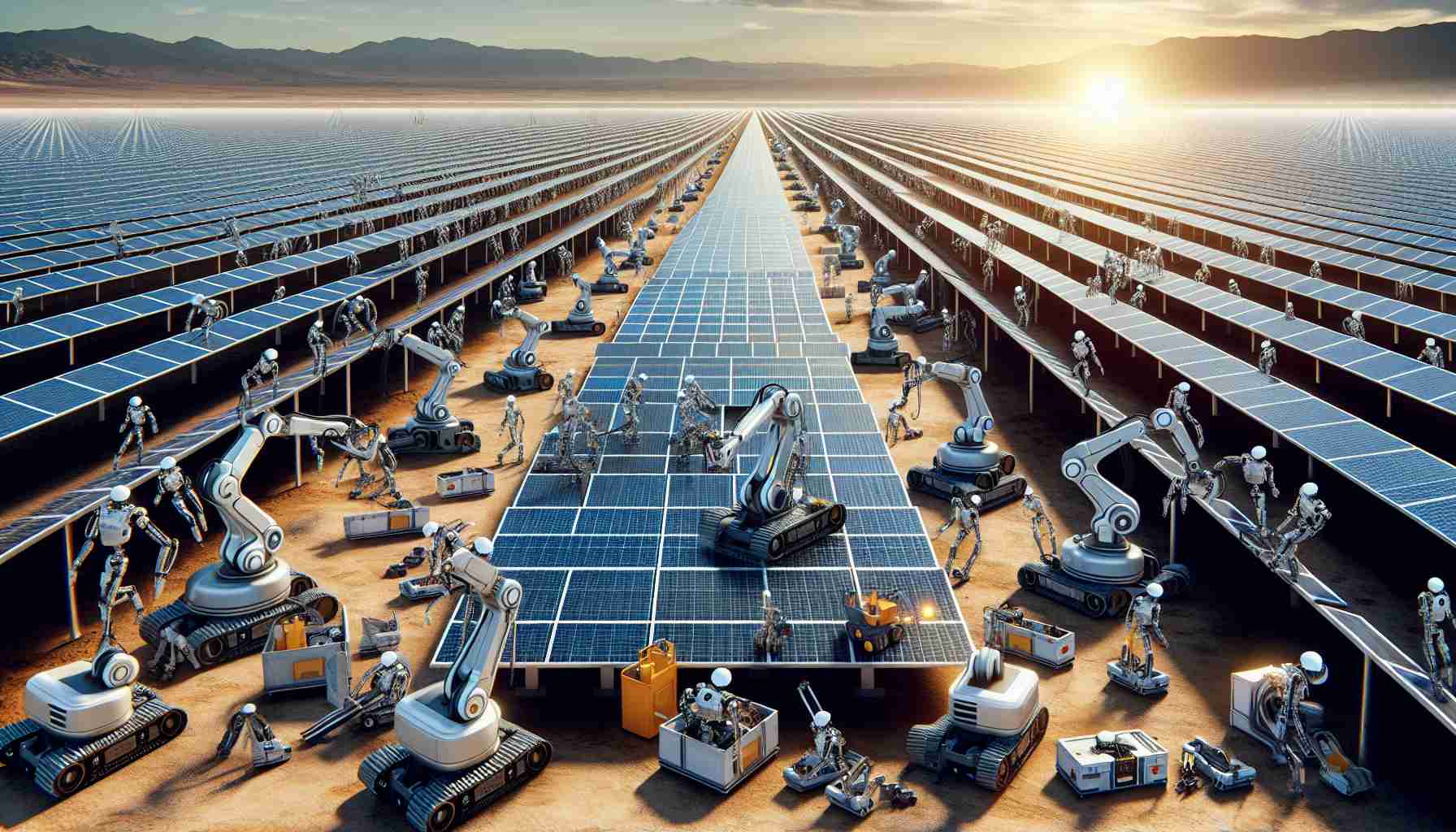In a landmark moment for renewable energy, the charming town of Peñaflor in Valladolid, Spain, is at the forefront of a bold technological shift. Under the leadership of EDP, a significant advancement in solar energy is unfolding: the first European solar park constructed with the assistance of robots. The 122-megawatt facility includes a specialized section where three megawatts are assembled using advanced robotics.
Since its inception in 2022, EDP has pursued a vision of transforming solar park constructions by integrating automated technologies, aiming to cut construction time drastically. After extensive testing, the project came to life this July, solidifying Valladolid’s role as a central hub for this pioneering initiative. This endeavor marks a significant breakthrough, representing the first real-world application of robot-assisted solar park assembly.
The project is revolutionizing efficiency levels in solar energy construction, facilitating a dynamic collaboration between human labor and robotic precision. Robots take on strenuous tasks like assembling solar panel structures, thus granting human workers the opportunity to engage in more complex and specialized activities.
While there are numerous benefits such as enhanced safety and reduced material waste, the rise of robotics in solar energy also presents challenges. Initial setup costs for robotic systems can be high, and the transition may impact job roles within the industry. Nevertheless, the promise of greater accuracy and sustainable practices hints at a bright future for the sector.
This innovate shift not only sets a new benchmark in renewable energy development but also prompts a broader discussion about balancing technology with workforce impacts.
Source: Revolutionizing Solar Energy Construction: The Rise of Robotic Technology


















